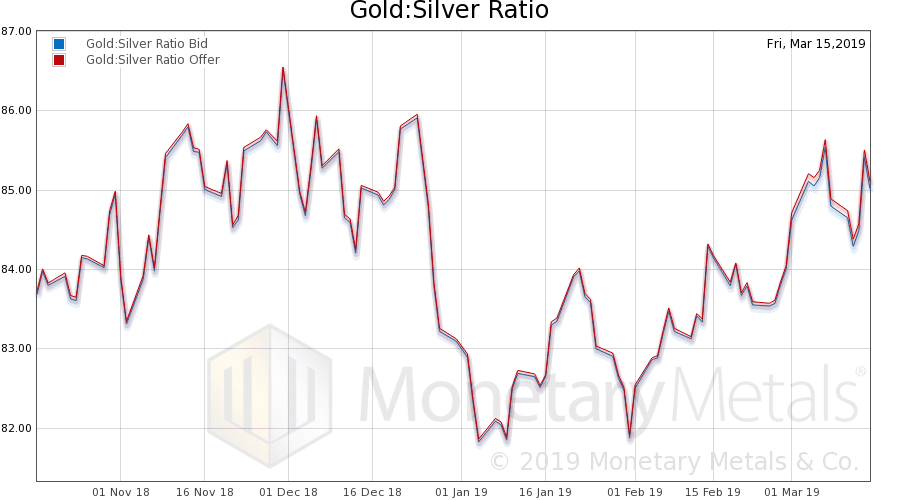

Chronic inflammatory disease (e.g., tuberculosis, syphilis).Immunoglobulin deficiency (e.g., agammaglobulinemia, chronic lymphocytic leukemia).PATHOLOGICAL/CONVENTIONAL RANGE INDICATIONS: 12 The report may also provide a calculated A/G ratio. 4Ī standard liver panel includes total protein, albumin, alanine aminotransferase (ALT), acetate aminotransferase (AST), alkaline phosphatase, and bilirubin. Globulin levels may increase in serum from inflammation or infection, or the increase could reflect hematologic cancer, such as Waldenstrom macroglobulinemia. 4 Importantly, hypoalbuminemia due to renal protein loss must be greater than globulin loss to appreciably lower the A/G ratio. Albumin levels may be abnormally low because of lack of production by the liver (e.g., cirrhosis) or from protein wasting (e.g., nephrotic syndrome). 10,11Īn abnormally low A/G ratio indicates either albumin deficiency or globulin excess in serum. Most often, a high A/G ratio reflects underproduction of immunoglobulins. Therefore, the ratio of albumin to globulin would remain unchanged. 3,9 Albumin levels can increase during periods of dehydration and relative hemoconcentration however, globulin levels will also increase in periods of decreased intravascular water. 3 With the exception of extremely rare clinical situations (e.g., hepatocellular carcinoma that increases albumin biosynthesis), albumin production by the liver is either normal or inappropriately low. In practice, however, an elevated A/G ratio virtually always signifies a deficiency in one or more types of globulins. 2Īn elevated A/G ratio could theoretically signify abnormally high levels of albumin or abnormally low levels of globulins. The albumin level divided by the calculated globulin level provides the A/G ratio. 3 Globulin levels are calculated by subtracting the albumin level from the total protein level. In other words, total protein and albumin are directly measured in a standard liver panel and globulins are not. Instead, total protein is the quantity of all molecules in a serum sample that contain peptide bonds. Total protein is the combined quantity of albumin and globulins in serum, but it is not measured as the sum of two measured substances. The A/G ratio is a calculation based on a directly measured level, albumin, and a calculated level, globulin. Immunoglobulin levels can also be elevated from a neoplastic conversion of immune cells (e.g., plasma cells in multiple myeloma). This immune response can be a reaction to an acute infection or chronic autoimmune inflammation. 7 Immunoglobulin levels in blood are constant in the absence of an active immune response. Albumin is synthesized at a constant rate by the liver and has a long half-life compared to other proteins, especially in tissues. Levels of albumin and globulin are regulated in separate ways. 1,6 As such, albumin and immunoglobulin levels drive much of the A/G ratio. 1,3,6 Immunoglobulins make up a substantial fraction of the total globulin content in blood. 4,5 Globulins are a heterogeneous assortment of circulating proteins that includes enzymes, proteins of the complement system, clotting factors, and immunoglobulins. It also acts as a carrier protein for a number of substances including calcium, unconjugated bilirubin, thyroid hormones, and a multitude of pharmaceutical drugs. It provides osmotic pressure, which helps retain water in the vasculature. 4Īlbumin performs several functions in the intravascular space. 3 Plasma globulins and albumin are synthesized by the liver, while immunoglobulins are synthesized by cells of the immune system. 2 Under normal conditions, 60 percent of plasma protein in a given sample is albumin, while the remaining 40 percent is globulins. 1 The mathematical ratio of albumin to globulin in the serum is the A/G ratio. Blood contains two major classes of circulating proteins: albumin and globulins.


 0 kommentar(er)
0 kommentar(er)
